Historians In Awe Over Discovery At Thomas Jefferson’s Monticello Property
In 2017, archeologists made a discovery at Thomas Jefferson's Monticello property in Charlottesville, Virginia while working on The Mountaintop Project in hopes of restoring Monticello to its original glory. What they found has flabberghasted even the most experienced social scientists.
Construction Of Monticello Began in 1768
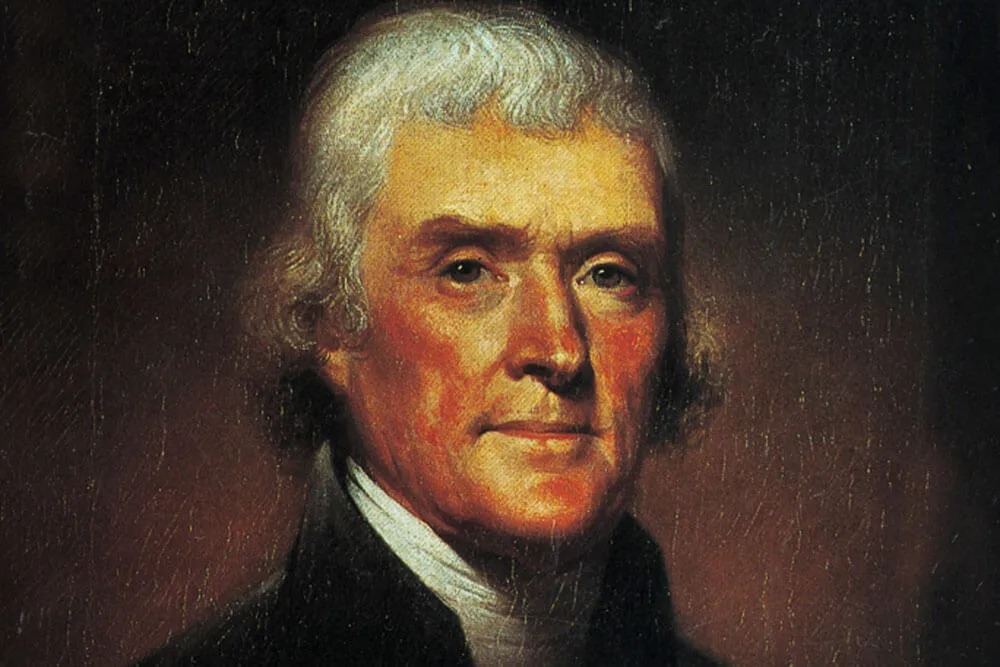
Thomas Jefferson was an American Founding Father, the principal author of the Declaration of Independence, and the third President of the United States. In 1768, he began construction on his residence, Monticello, meaning "Little Mountain" in Italian. The residence was built on a hilltop overlooking his 5,000-acre inheritance, constructed mostly by trained workers as well as Jefferson's slaves. However, there are some secrets about Monticello that have recently come to light.
The Controversy Surrounding Monticello
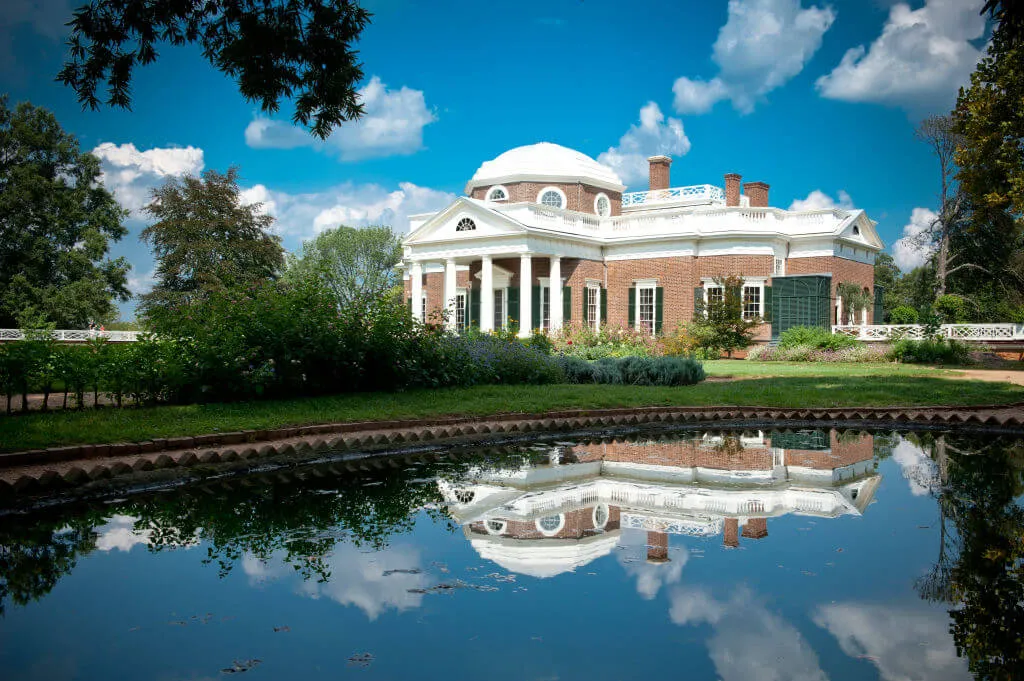
Monticello was the primary residence of Thomas Jefferson who began designing and building it at the young age of 26. He originally inherited this sizeable chunk of land from his father and turned it into what is now a historical landmark.
Located just outside of Charlottesville, Virginia, Jefferson utilized the massive plantation for the cultivation of tobacco and wheat. The plantation was also home to hundreds of slaves that worked on the property, putting Jefferson's integrity into question for many people today.
Understanding The Original Monticello

In 2017, while working on The Mountaintop Project at the mansion, discoveries were made in the South Pavilion and South Wing of the mansion. These archeologists were excavating in an attempt to better understand the changes of design and use of spaces of the original Monticello.
The South Pavilion was completed in 1770 with Jefferson's original living quarters on the top floor and the original kitchen on the bottom. A wing, known as the South Wing that connected the Pavilion to the mansion was built and completed in 1809. By this time, Jefferson had moved to the main mansion, and after its completion, the original kitchen was then filled with dirt in order for the floor to match the level of the newly added wing.
Discoveries Made In The South Pavilion

The ground floor of the South Pavilion then became a wash house, which led to numerous renovations from the original kitchen. So, despite the transformations from the kitchen to the washroom as well as two visitor restroom constructions in the 20th century, the archaeologists excavated in hopes of finding any evidence of the original construction kitchen.
Although they had Jefferson's blueprints of the original Pavilion kitchen, they couldn't be considered totally factual. Yet, after some excavating, they found artifacts from the 18th and 19th Centuries such as Chinese porcelain, ironstone, shell, wine bottle glass and more. They then continued digging and soon discovered fireplaces and eventually, they reached the brick flooring of the original kitchen.
Further Discoveries

Their archeological work eventually led them further down the South Wing where they continued to excavate an area. Here they found a space that had two heated rooms which were the quarters of enslaved domestic servants. As noted by Jefferson's grandson Thomas Jefferson Randall, one of those rooms belonged to a woman named Sally Hemings.
Although they were originally attempting to discover the original construction and layout of the South Pavilion and Wing, they also ended up discovering the room of a female slave that has brought much controversy and debate in the historical and academic communities.
Who Was Sally Hemings?

This is a picture of a descendant of Sarah "Sally" Hemings to give an idea of what she may have looked like. Sally was born in 1773 and was a slave owned by Thomas Jefferson. Hemings was the youngest of six siblings by the widowed planter John
Wayles and a mixed-race woman by the same of Betty whom Wayles kept as a slave. Betty Hemings, Sally, and her siblings were three-quarters European and half-siblings of Jefferson's wife Martha Wayles Skelton. In those days, it was rare for slaves to be freed, and there was a good chance that Sally would spend most, if not all of her life living in slavery. This was before Jefferson became the third president of the U.S., in 1801.
Sally and Jefferson

As an infant, Sally came to Monticello as part of Martha's inheritance of her father's slave holdings. In 1787, Hemings, who was 14-years-old at the time, accompanied Jefferson's youngest daughter Mary to Paris. There, Jefferson was serving as the United States minister to France for two years.
It is believed that it was either in France or soon after that Jefferson initiated intimate relations with her. Hemings, still a slave, also began having children not long after. In total, she would give birth to a total of six children.
The Relationship Was Revealed In The News

Rumors about such a relationship began to circulate around Virginia society for years. Their relationship came to light so quickly because Hemings' children looked to be fathered by a white man, and some of them even had Jefferson's features. In 1802, a less-than-reputable journalist named James Callendar published an accusation of the affair in the Richmond Recorder.
He did this in order to get back at Jefferson after Jefferson failed to return a favor. When he published the accusation, he intended his writings to cause a scandal and hurt Jefferson's chances of the presidency. Jefferson denied such accusations and the rumors didn't hurt his standing much in the public eye.
Jefferson Frees All Of Sally's Children
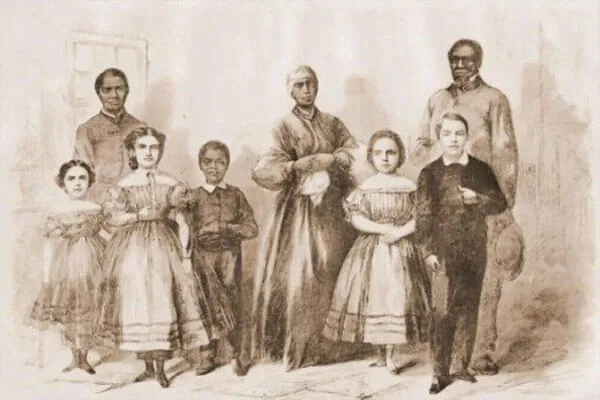
Even though he still firmly denied being in a romantic relationship with Hemings, it has been established that Thomas Jefferson eventually freed all of her children. The girls, Beverly and Harriet, were allowed to leave Monticello in 1822; Madison and Eston were released at Jefferson's word in 1826. However, Jefferson did not grant freedom to any other nuclear slave family.
This information further promotes the belief that Jefferson was indeed the father of Hemings' children. Her children were also known to have light skin, and three of them lived in white society as adults. Sally was permitted to leave after Jefferson's death and was released by his daughter Martha.
Jefferson-Hemings Controversy
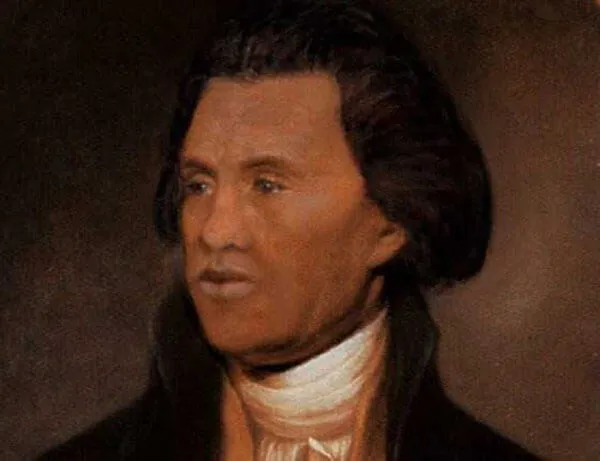
The historical question of whether Jefferson is the father of Heming's children is referred to as the Jefferson-Hemings controversy. Following renewed historic analysis in the late 20th century, as well as a 1990 DNA study, there was a match found between the Jefferson male line and a descendant of Hemings' last son named Eston Hemings.
Now, there is a near-consensus among historians that Jefferson fathered her son Eston Hemings, and most likely all of her children. Only a few stubborn historians disagree.
So What Does The Discovery Of Her Room Mean?
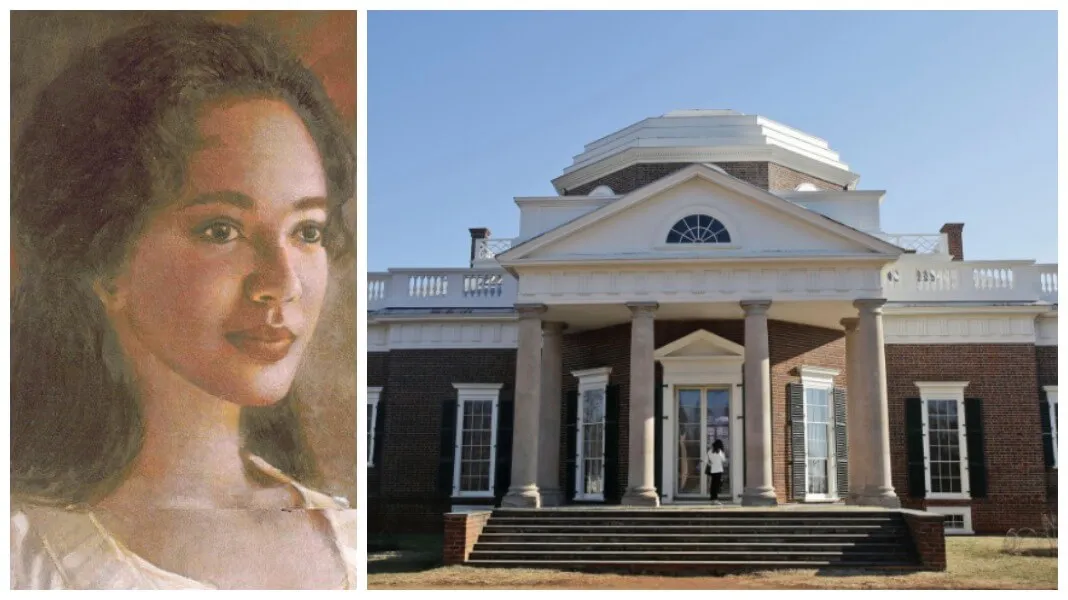
The discovery of her living quarters, and how they were essentially connected Jefferson's says a lot about their relationship, as well as the treatment of the slaves living at Monticello during that time. "Surely some of her children have been born in this room" notes Gardiner Hallock, Director of Restoration for Jefferson's plantation.
It also gives us insight into who Sally was as a mother, daughter, and sister even though little is known about her. One of the only descriptions we have of Sally is from an enslaved blacksmith named Isaac Granger Jefferson who recalled her as being, "mighty near white...very handsome, long straight hair down her back".
Connecting the Arch

Although originally the South Pavilion, the room in this image is intended to be restored as the residence of Sally Hemings as a tourist attraction. Mia Magruder Dammann, a spokesperson for Monticello notes, "For the first time at Monticello, we have a physical space dedicated to Sally and her life.
It is significant because it connects the entire African American arch at Monticello." Essentially, this discovery answers many questions as well as clarifies some speculations about what occurred at Monticello, Jefferson's relationships with his slaves, as well as the mystery behind the relationship between Jefferson and Hemings.
Sally's Experience at Monticello

It has been reported that the physical evidence discovered in Sally's quarters shows that Sally probably lived a higher-level lifestyle than most slaves, having her own quarters in the house, as well receiving special treatment from Jefferson. However, this did not mean that she lived a life of luxury by any means. Her room had no windows and would have been dark and damp.
While it was still considered slave quarters, she was not forced to live in the same conditions as the rest of the slaves on the plantation. The fact that her living space was not preserved, and that the wing was eventually turned into a bathroom of all things was seen by some historians as a sign of disrespect.
The Mountaintop Project Aims To Restore

The Mountaintop Project is a multi-year, $35 million effort to restore Monticello to its glory days when Jefferson resided inside. It is through this project that Sally's room was initially discovered. The goal of this project is to learn about the original construction of the building as well as tell the stories of both the enslaved and free people that worked and lived on the plantation.
In an effort to bring transparency to the grounds' questionable past, there are tours that focus specifically on the experiences of the enslaved people that lived there. After the recent Hemings discovery, there will now be a Hemings Family tour on the grounds.
Mulberry Row Honors Hemings' Memory

In 2015, Monticello unveiled the restoration of Mulberry Row, which shows many of the slave quarters, kitchens, supply rooms and more to show the life of an everyday slave on the plantation. In May of 2015, more than 100 descendants of enslaved families participated in a tree-planting ceremony to commemorate the new buildings.
Today, Hemings' room is being restored for eventual public viewing as curators are learning how to incorporate her existence into Jefferson's story and to counter old newspaper accounts that call her Jefferson's concubine.
Hemings' Descendent's Mixed Feelings

Gayle Jessup White is Monticello's Community Engagement Officer and is a descendant of Hemings and Jefferson. She has become an integral part of Monticello's African American legacy.
White is Hemmings' great-great-great-great-niece. She learned about her lineage at a young age, yet still has mixed feelings about it. Although she is related to the third president of the United States, and author of the Declaration of Independence, it's hard for her to look past the fact that he owned over 600 slaves.
What Monticello's Restoration Hope to Accomplish

Essentially, one of the main goals of the restoration of Monticello is not just to learn about the life of Thomas Jefferson and the original construction of Monticello, but to better understand the lives of the slaves working and living there. White notes that, "This is an important American story.
But for too long our history has been ignored. Some people still don't want to admit that the Civil War was fought over slavery. We need to face history head-on and face the blemish of slavery and that's what we're doing at Monticello."
Getting The Word: An Oral History Project
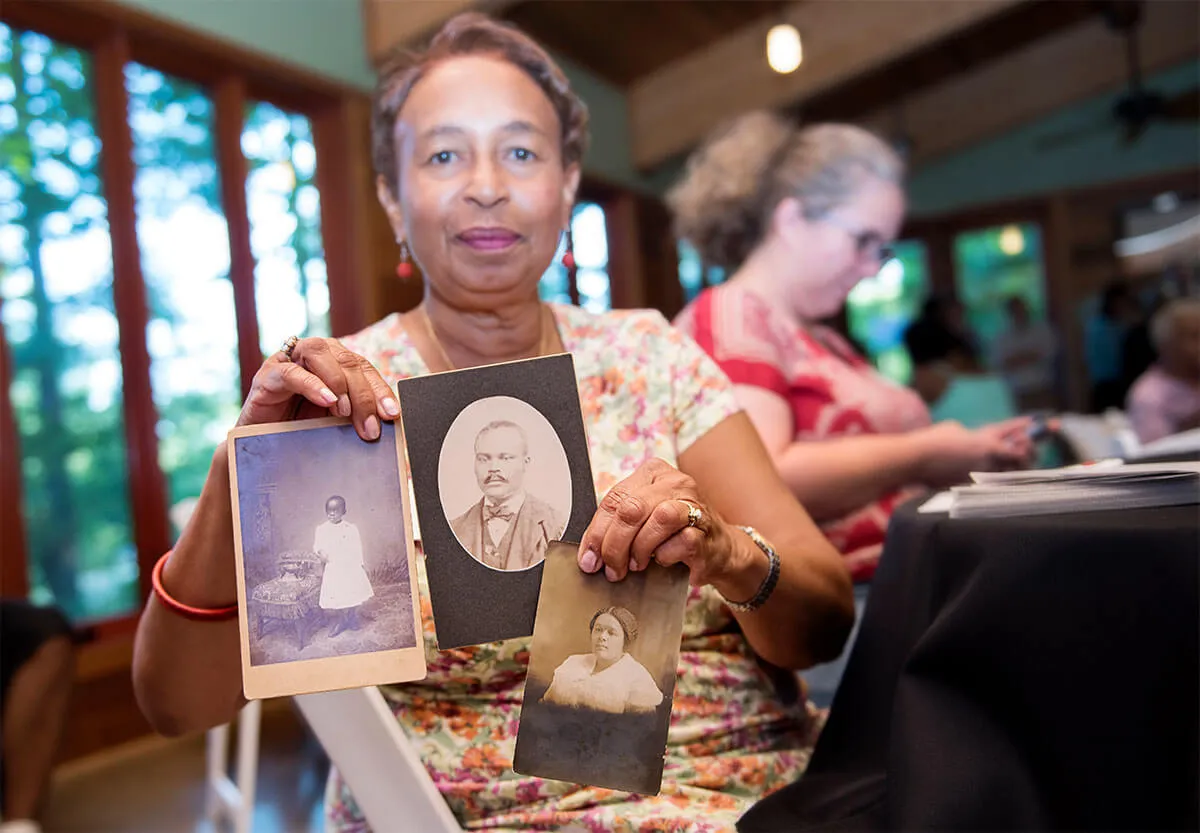
Although there were hundreds upon hundreds of slaves that worked the land and lived on the Monticello plantation, there are only pictures of about 8 of them. The rest of the names are kept in a giant log recorded by Jefferson which is simply a list of human names, with no true human meaning to them.
So, in 1993, an oral history project was started to get into contact with the descendants of the slaves at Monticello to hear their accounts of their family members to put a story to each name. They have currently interviewed over 200 individuals.
Remembering The Past

In 2016, Monticello, with the National Endowment for the Humanities and the University of Virginia, hosted a public race summit entitled, Memory, Mourning, Mobilization: Legacies of Slavery and Freedom in America. It had academics like Dr. Henry Louis Gates, Jr. and Annette Gordon-Reed, and artists such as Nikki Giovanni, activists like Bree Newsome, all descendants of Monticello's enslaved family and community members.
Here, they discussed the importance of Monticello, what it means to be a descendant of its enslaved people, and the role slavery played in the building of America.
Local African American Community Hesitant to Embrace Monticello
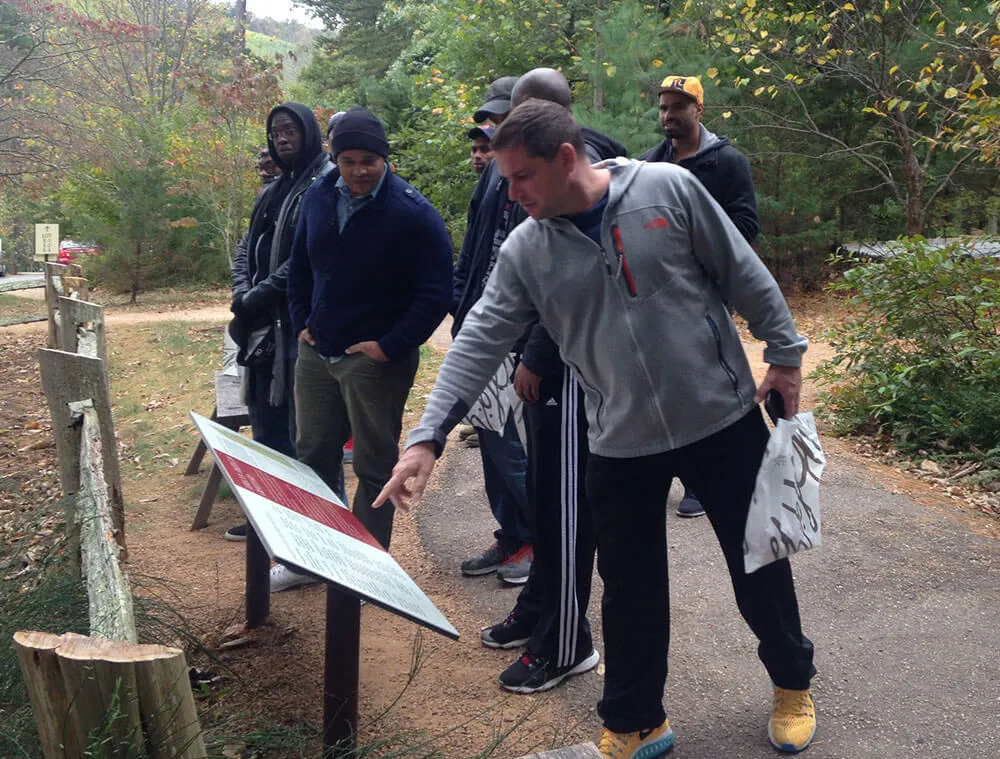
White also mentioned that it has been a bit of a process to convince the local African American communities to support The Mountaintop Project as well as even speak without condemning the former slave plantation.
She states, "I find that some people are receptive to the message and others are resistant. But our message is that we want the underserved communities, and communities of color to be partners with us. Anecdotally, we have seen an uptick in African Americans visiting Monticello so I know we're making progress." If you're interested learning more about the significance of Monticello or would like to donate to the cause you can do so here: https://www.monticello.org/site/give
The Harsh Reality of Monticello
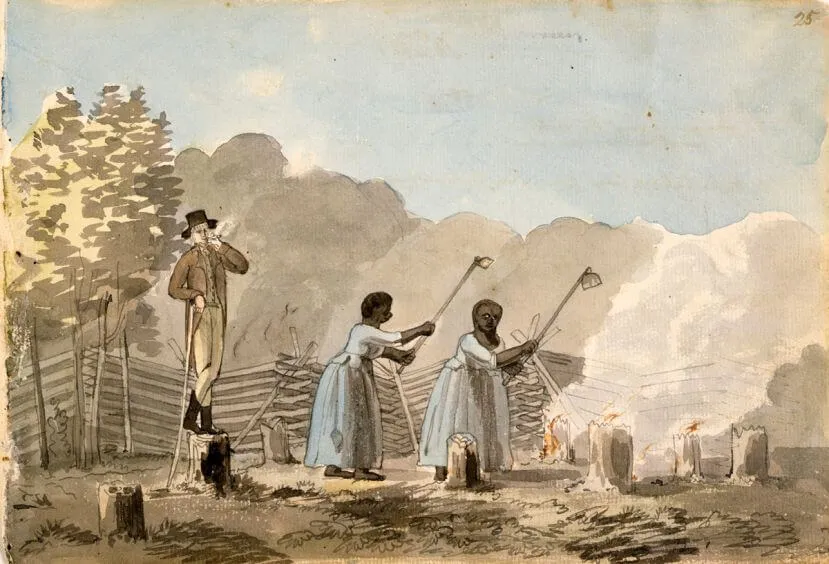
While conducting a tour last spring, Monticello tour guide Tom Nash informed a group of white tourists that although the property is gorgeous, and Thomas Jefferson did amazing things for the country, it didn't mean their stay here was ideal.
They were still slaves, working tough jobs in the fields with boys as young as 10 years old feeling the sting of a whip. He went on to say that, There's no such thing as a good slave owner". A more honest look at the property gives visitors a better perspective of slavery and society in the 18th and 19th centuries.
Celebrating Independence Day at Monticello
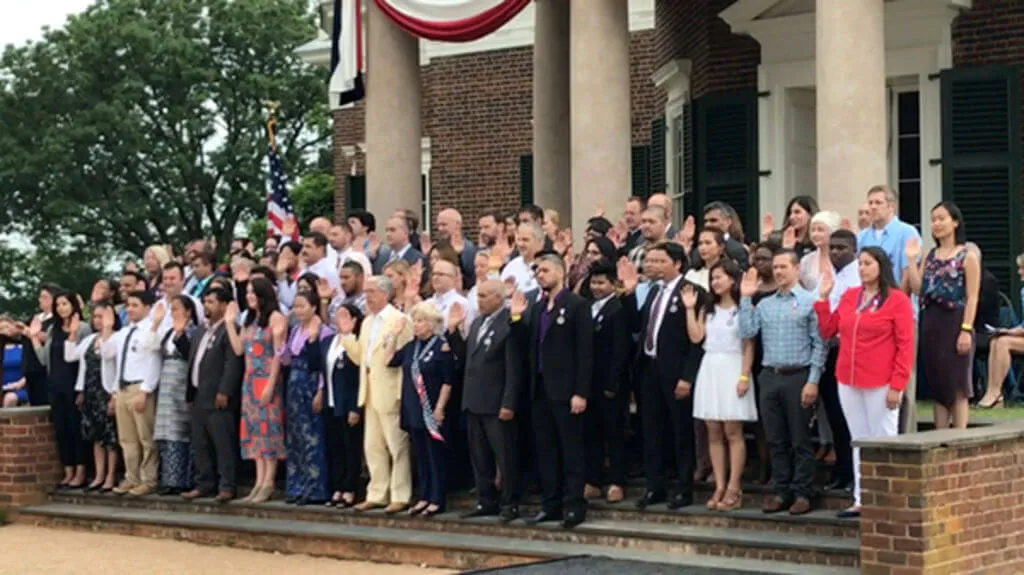
In July of 2017, Monticello hosted its 55th annual Independence Day Celebration and Naturalization Ceremony. 70 people from more than 30 countries came to the event from Afghanistan to Vietnam and became citizens during the Monticello Mountaintop event. Such a celebration proves that the stigma behind Monticello is slowly being broken, and instead of cursing its name, people are beginning to understand it for what it was, as well as recognize the lives of Jefferson as well as the slaves that lived there.
While the stigma of Monticello is slowly being broken, we are reminded that many other U.S. Presidents had histories of slave ownership. Keep reading to learn about 11 other U.S. Presidents who owned, sold, and freed their own personal slaves.
George Washington And His Freed Slaves
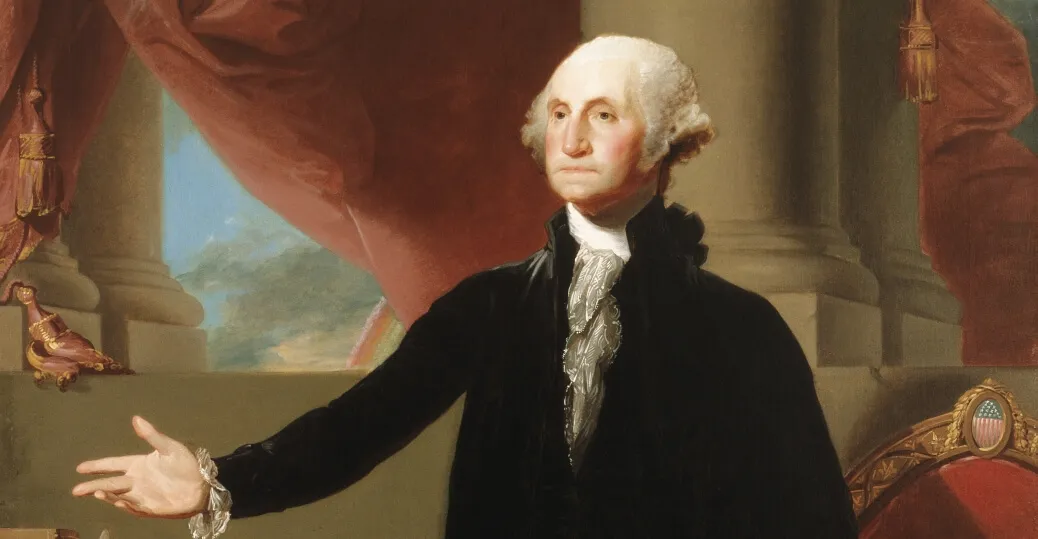
Slavery was a widespread problem during the early days of America. In fact, 12 U.S. presidents owned slaved during their presidencies. However, only one of those men actively chose to free their non-family slaves. George Washington, when he was just eleven years old, inherited 10 slaves and by the time of his death, 317 slaves lived in Mount Vernon, including 123 owned by the President.
He also leased 40 slaves from a neighbor and had 153 "dower slaves." When he died, the President's "last will and testament" ordered the freedom for every slave in his family's ownership upon the death of his wife Martha Washington. His longtime manservant William Lee, however, was immediately released upon President Washington's death.
James Madison Passed Legislative But Never Freed His Slaves

Madison proposed the Three-Fifth Compromise which allowed slaves to be counted as three-fifths of a person for taxation purposes and legislative representation, however, he never freed his slaves upon his own death. After he passed away, it was his slave, Paul Jennings, that published the first-ever memoir of life in the White House.
Jennings was able to buy his own freedom at 48-years-old despite never being freed by his original owner. In his memoirs, he revealed that James Madison was always kind to his slaves, despite his inability to let them go in death. Dolley Madison, President Madison's wife, unfortunately, was known to treat her slaves poorly.
James Monroe Wanted To Free Slaves By Shipping Them Out Of America
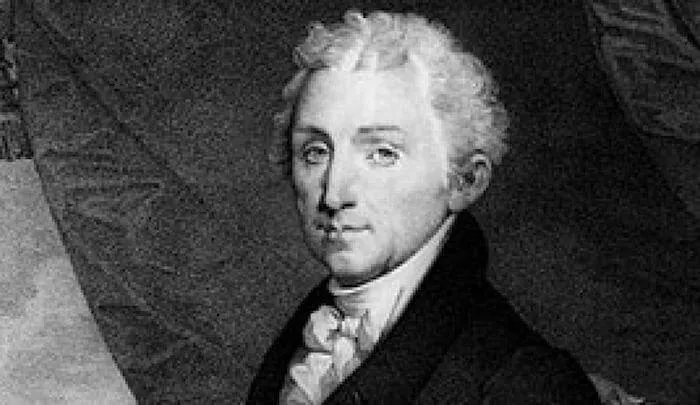
Monroe wanted to free slaves but he didn't want them to stay in America. The former U.S. President supported the idea of creating colonies in Africa where freed slaves could be sent to live. The nation of Liberia would be established with the capital of Monrovia, named in his honor. However, Monroe's family owned over 100 slaves who worked on their plantations, a direct contradiction to his desires.
Monroe would eventually say he felt "taunted" by progressive revolutionaries in other countries who saw the continued use of slaves in America as a sign the country couldn't stand on its own or provide the freedoms being promised by its founding fathers. Monroe was known to say he wanted to abolish slavery but only if slave owners could find a way to make money and maintain their privilege without the use of slaves.
Andrew Jackson Was Involved In Various Slave-Related Controversies

Andrew Jackson's relationship with his slaves can best be described as bi-polar. Jackson realized he was running a business and would provide his slaves with amenities that many slave owners would not think of offering. He gave his slaves knives and guns so they could hunt for food and was known for providing them with money to buy items at the market.
He also provided them with housing and allowed his female slaves to have children. However, he was also known to whip slaves if their offensives were severe and he would offer bounties on slaves who attempted to escape his ownership. At the time of his death, Jackson owned upwards of 150 slaves and he did not choose to free them in his last will and testament.
Martin Van Buren And The Slave He Couldn't Sell
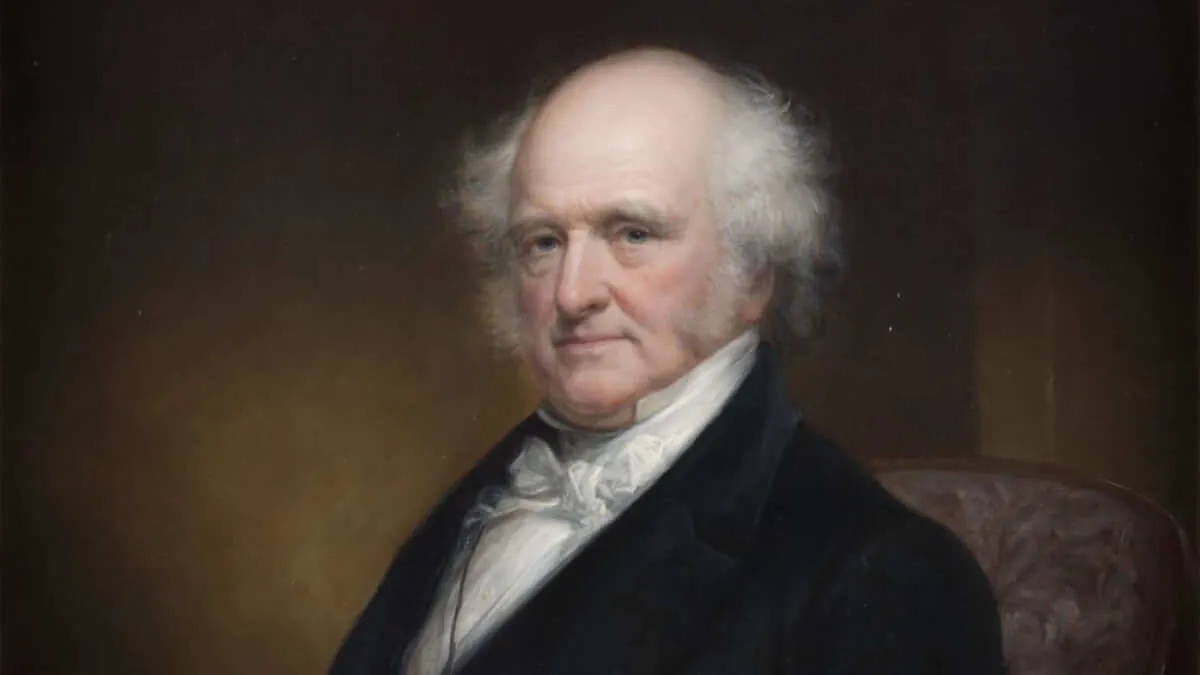
As we've already seen, many U.S. Presidents owned dozens of slaves and sometimes north of 150 people. Martin Van Buren laid claim to only six slaves and personally owned only one, a man named Tom who escaped from slavery in 1814. When Tom was eventually located in Massachusetts it was Van Buren who offered to sell him for $50 if he could be captured without being harmed.
The promise of non-violence could not be agreed upon so Van Buren allowed Tom to remain a free man. Buren understood that within three years, Tom would likely be a free man regardless of any action taken at the moment. In 1848, Van Buren ran for President as part of the Free Soil Property, a group that opposed slavery. After losing that election he rejoined the Democratic party. Van Buren never owned slaves while in office.
William Henry Harrison Attempted To Legalize Slavery In Indiana

When William Henry Harrison became the 9th President of the United States he attempted to take his slaves to Indiana, petitioning Congress to make slavery legal in the state, a request that was denied.
Harrison owned a total of 11 slaves throughout his life but didn't own slaves when serving as the President of the United States. His move was shocking considering Thomas Jefferson, the owner of nearly 600 slaves, was against similar actions, despite the financial gains he could have achieved with a similar move.
John Tyler And The Slave Owner Who Said It Was Evil
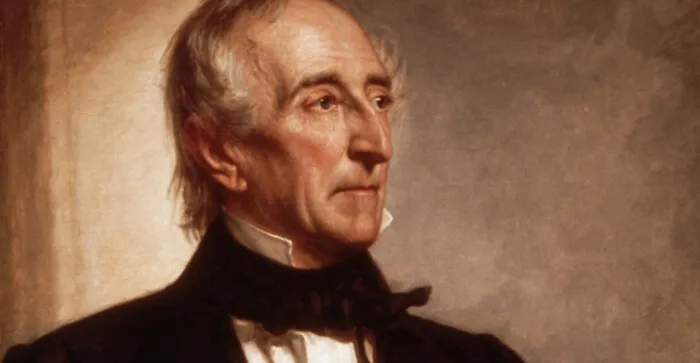
John Tyler, the 10th President of the United States owned approximately 70 slaves but he found the practice to be "evil" despite his own ownership. Tyler believed that allowing slavery to expand would lead to more owners in the west taking slaves from the east.
He believed enough slaves would eventually be bought and moved out of his home state of Virginia, allow the practice of slavery to be abolished in his state. The practice of slavery had already become rare in northern states and Tyler believed the same would happen throughout the United States as it became rarer. Oddly, upon his death, Tyler did not choose to free his own slaves in his last will and testament.
James Polk Supported Slavery... Until He Didn't

The 11th President of the United States won the Democratic nomination in 1844 partially because he was tolerant of slave ownership. Polk had inherited slaves through his father's plantation and used his considerable influence and money during his Presidency to purchase more slaves.
He used slaves to increase his personal wealth but then stated in his will that they should be freed after the death of his wife. However, the Emancipation Proclamation and the Thirteenth Amendment to the United States, freed his slaves before his wife passed away.
Zachary Taylor Angered Slave Owners And They Might Have Poisoned Him
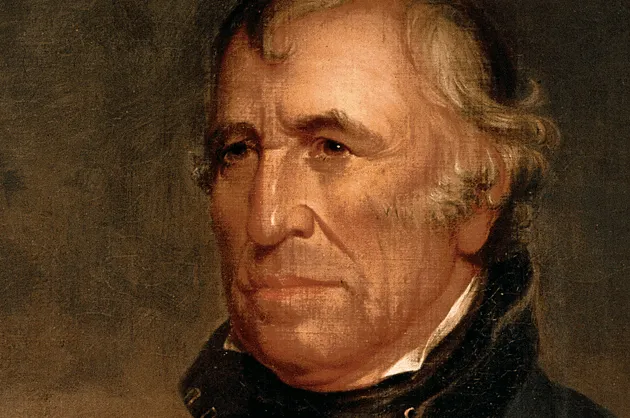
The 12th President of the United States was a slave owner with nearly 150 people under his control. Despite owning many slaves, he was an opponent of expanding slave ownerships into the western states. Taylor believed that western states couldn't support a slave economy because they didn't have the ability to grow cotton or sugar as easily as states in the east.
Taylor would be the last U.S. President to own slaves while serving in office but he was not the last POTUS to claim ownership over people throughout their life. Taylor's body was exhumed years after his death to determine if slave supporters poisoned him but those tests were inconclusive.
Andrew Johnson Convinced Abraham Lincoln To Exempt Tennessee From Emancipation
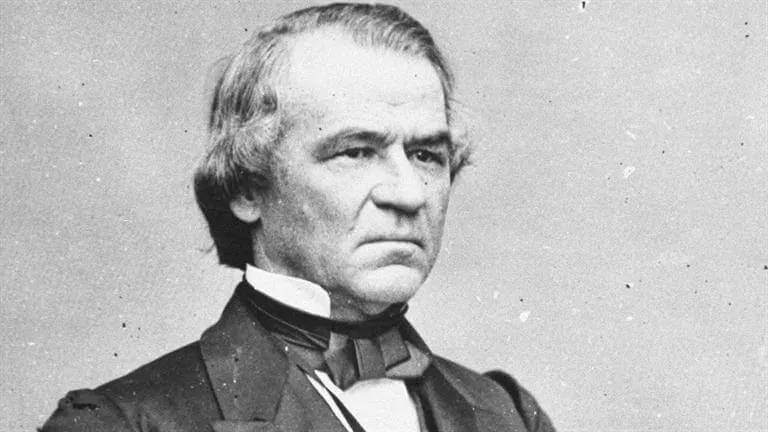
Andrew Johnson, the 17th President of the United States, owned eight slaves throughout his life but didn't claim any type of ownership while serving in the White House. He did, however, convince Abraham Lincoln to exempt Tennessee from the Emancipation Proclamation. He eventually flipped his position and suggested that African American men should enroll in the Union Army.
His thought process was that they could perform menial tasks while white Americans fought on the front lines. Johnson's stance on slavery was originally argued at the constitutional level. Because slaves were considered property and the U.S. Consitution allowed for the unobstructed ownership of property, he didn't believe the federal government had the right to take away slavery at the state level.
Ulysses S. Grant Paid Slaves For Their Service
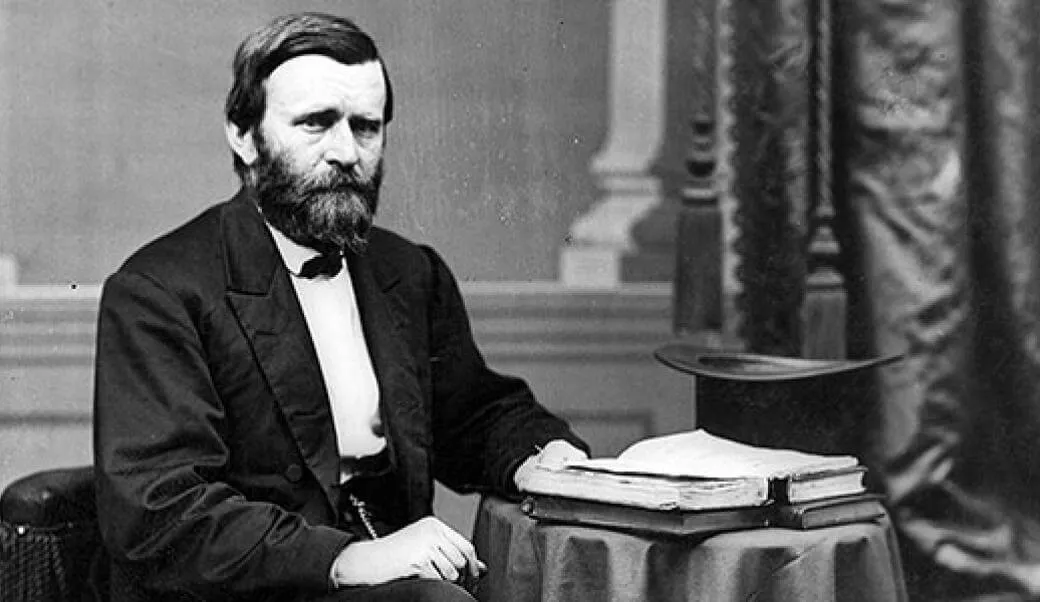
Grant had control of five slaves that were owned by his wife before joining the Union Army and only had one slave of his own, a man named William Jones who served the 18th POTUS from 1857 to 1859. Despite falling on hard times, Grant freed Jones rather than selling him to a new owner for $1,500, a large sum at the time.
Later, while fighting in the Civil War, Grant would enlist displaced slaves into the Union War. Every man he employed received pay for their service to the United States. Grant stood up for the former slaves he employed, ordering his white soldiers to provide them with proper food and shelter.
U.S. Presidents were not the only respected politicians and businessmen who owned slaves. Keep reading to learn about other respected members of society who owned slaves during the fight to free them.
Stephen A. Douglas Was A Slave Owner

Stephen Douglas wasn't about to successfully debate Abraham Lincoln but both men came from the free state of Illinois. Despite his states stance on slave ownership, Douglas married Martha Martin, a 21-year-old female who's father, Colonel Robert Martin of North Carolina, owned a 2,500-acre cotton plantation that employed 100 slaves. Douglas decided to distance himself from those slaves by hiring a manager to operate the plantation.
Despite his states view on slaves, Douglas took 20% of the profits from the plantation to advance his political career. He continued until his death to deny ever owning a single slave, telling those who asked that they belonged to his wife and children. In his "Freeport Doctrine" of 1858, he said he could care less if slavery existed and believe the American people needed to vote it up or down.
Benjamin Franklin Owned Slaves But Freed Them From Servitude

Benjamin Franklin lived in Philadelphia where slavery was incredibly common during his formative years. Early on, Franklin owned up to seven slaves, including several who worked in his shop. When a slave would run away, Franklin would take out paid ads offering rewards for recapturing his "property." He would also allow slaves to be sold in his general store.
Later in life, Franklin became a "cautious abolitionist" and a critic of landed gentry slavery. His turnaround continued in 1758 when he fought to open a school for the education of black slaves in Philadelphia. After returning from England in 1762, Franklin became even more anti-slavery focused and by 1770, Franklin had freed his slaves and attacked the system of slavery on an international level.
John Hancock Freed Slaves He Never Bought
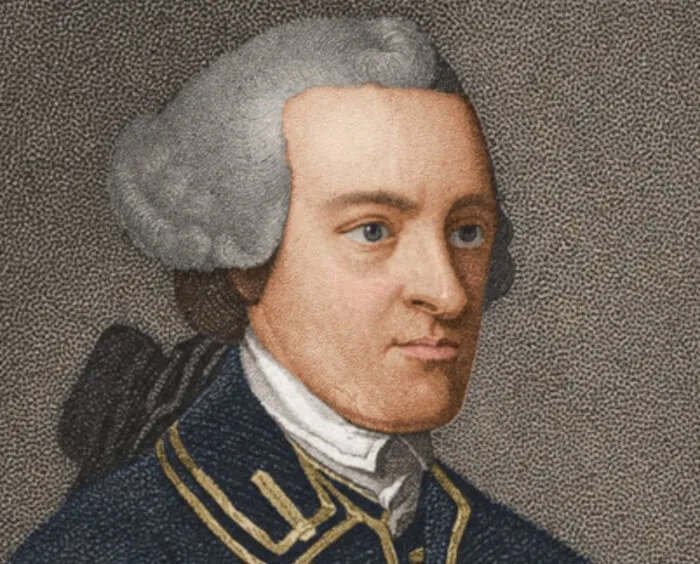
Just like Stephen A Douglas, John Hancock didn't buy slaves but rather inherited them from his family. After building his business empire while spending three years in England, Hancock returned to Boston and took over Hancock Manor from his uncle. Hancock employed two to three household slaves through his inheritance and they continued to work for him throughout his life.
When he passed away he made it incredibly clear that his slaves were to be freed. There is no historical proof that Mr. Hancock ever bought or sold slaves. This Harvard graduate was one of the wealthiest men in America and he loved to play that role but seemed to find no comfort in using slaves to increase his own personal gains.
William Ellison Jr. Was A Slave Who Became A Slave Owner

Living as a slave in the 1790s was not an easy life and William Ellison was aware of that fact because he was a slave before being freed by his owner. However, after he was freed from his shackles he set up a successful business running his own plantation in South Carolina. He personally owned 40 slaves which he used to expand his own business and wealth to include more than 1,000 acres before his death.
Ellison and his sons were the only free blacks in Sumter County, South Carolina who owned slaves. Ellison's former masters were exceptional business people who apprenticed him to become a cotton gin maker. Ellison was able to buy freedom for his wife and children and during the war he supported the Confederate Army, providing them with donations and aid.
John Jay Freed Slaves And Fought For Change
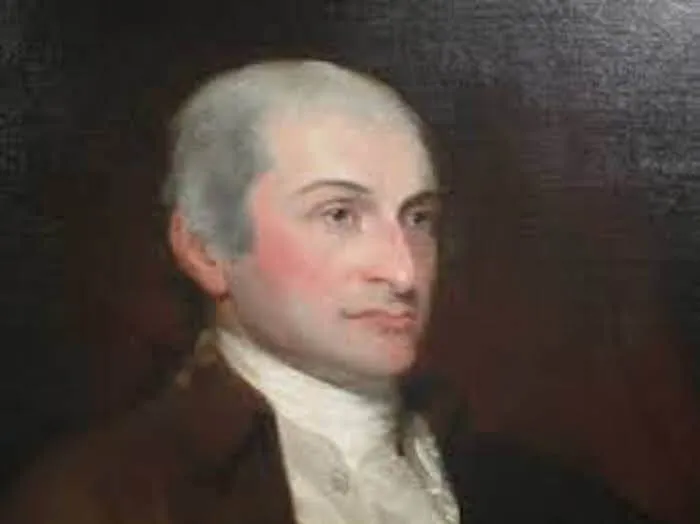
John Jay was the Governor of New York from 1795 to 1801 and later became the first Secretary of State for the USA. During his career, Jay fought to free slaves from their masters. After he became Chief Justice, he continued his efforts to free every man, woman, and child. Even as Jay continued to fight for basic freedoms, he would buy slaves and only free them as adults after he judged their labors were a reasonable term for the price he paid for them.
When the emancipation proclamation was passed, he was still in possession of eight slaves. John Jay was able to celebrate the abolishing of slaves in New York before he passed away. He also founded and was president of the New York Manumission Society in 1785, which organized boycotts against newspapers and merchants who were involved in the slave trade.
Who Is William Rufus DeVane King?
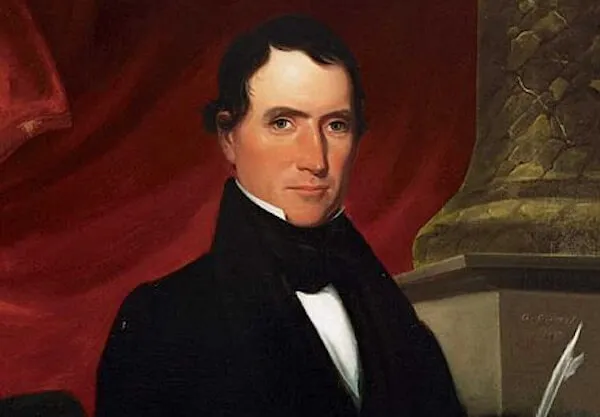
William Rufus DeVane King is probably not a commonly known figure among most Americans. That's because King only served as Vice President of the United States for 45 days before he died from complications related to tuberculosis. Before accepting the Vice Presidency role he built a massive cotton plantation business that formed one of the largest slaveholding families in the state.
His family had more than 500 slaves under his ownership. Unlike many of the men on our list, King did not have a change of heart later in life and supported the Senate's gag rule against debate on antislavery petitions and the abolishment of slavery.
The Controversial Rebecca Felton

Rebecca Felton was elected to the Georgia Senate when she was 87-years-old and served for just one day. Felton was also the last U.S. Senator to own any slaves. She was a white supremacist and slave owner who fought for the right to lynch black people.
At one point, she attempted to claim that the more money the U.S. spent on education, the more crime black people committed. She also wanted to create an exhibition for the 1893 World's Columbian Exhibition that would focus on "illustrating the slave period," with a cabin and "real colored folks making mats, shuck collars, and baskets—a woman to spin and card cotton—and another to play banjo and show the actual life of [the] slave—not the Uncle Tom sort." Thankfully she was forced to live through the passing of the 13th Amendment.
Stephen Duncan Was The Biggest Plantation Owner In The House
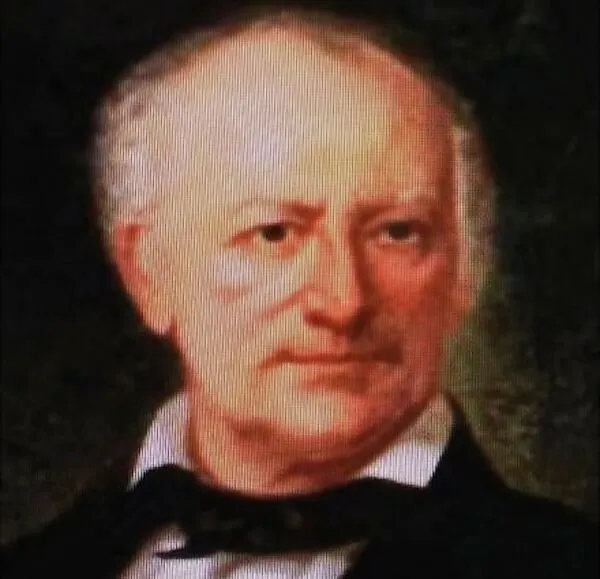
Stephen Duncan was the wealthiest cotton planter in the South prior to the American Civil War. He also invested in railroads and Midwest lands. To grow his empire he owned more than 1,000 slaves who were responsible for the care of thousands of acres of cotton and sugar cane crops.
Duncan was also the co-founder of the Mississippi Colonization Society, an organization that aimed to "repatriate" blacks to Africa. In the late 1840s, about 300 of his slaves were relocated to a colony called "Mississippi-in-Africa" or what would later be known as Liberia. His will stated that his slaves could be freed if they agreed to move to the new colony.
Hugh Magee And The Last Living Slave
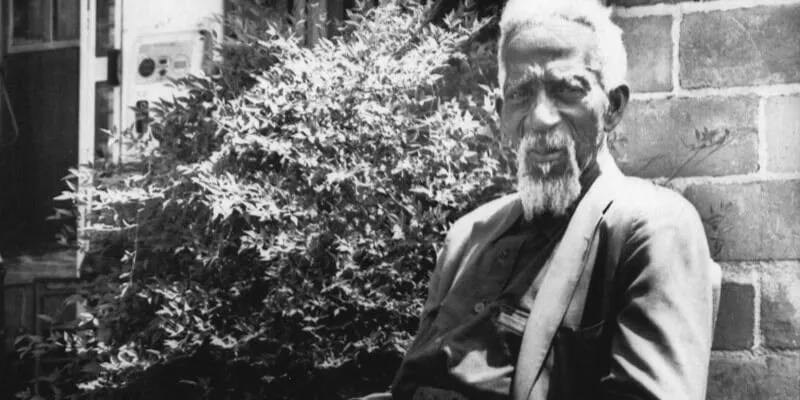
Hugh Magee was a slaveowner who owned the Lone Star Plantation in Covington County, Mississippi. This is of particular interest because one of his slaves is said to have been the last living slave, Sylvester Magee, who died in 1971, He was well past the age of 100. Actually, according to a New York Times article published at the time, they estimated Sylvester's age to be at 130 years old.
In addition, some historians have said they believe Sylvester might have served in both the Confederate and Union wars, and that due to his intelligence in speaking on the matters it is thought there is no way he was fabricating his claims. While little documentation exists to prove Sylvester's origin, this is not an uncommon plight for the history of slaves in the United States. Sylvester Magee is pictured here.
Acklen Turned Down A Presidential Appointment
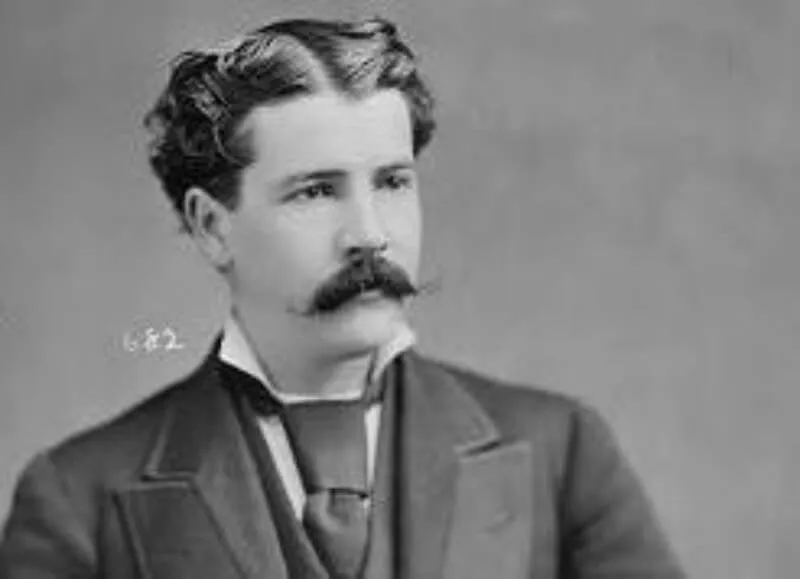
Joseph Hayes Acklen was originally a lawyer in Nashville but left law behind to tend to his family's many sugar plantations near Pattersonville, Louisiana. He also served as Colonel of the Louisiana Militia. He later served as a U.S. Representative from Louisiana and even turned down an appointment from President Rutherford B. Hayes to become a federal judge.
His family built the "Belmont Mansion and owned seven plantations in Louisiana, another 2,000-acre plantation in Tennessee, and 50,000+ acres of land in Texas. The Acklens were one of the largest slave-owning families, owning upwards of 659 enslaved black human beings.
William Aiken Jr., One Of South Carolina's Wealthiest
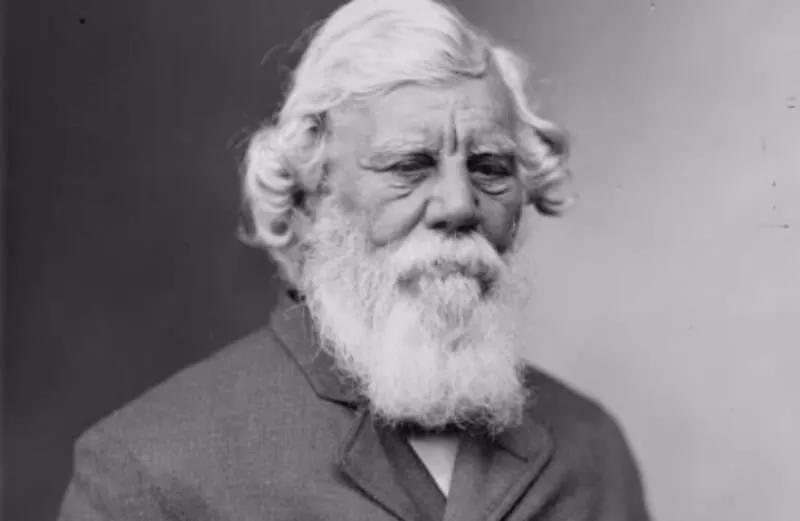
William Aiken Jr. Aiken was the 61st governor of South Carolina. He was also one of the state's wealthiest men, which seems to be quite a common factor in politics. His plantation, Jehossee Island, was the largest rice plantation in the state. Aiken enslaved 700 enslaved black human beings who were forced to work on his expansive 1,500-acre plantation.
His first cousin D. Wyatt Aiken was a Confederate Army officer and Congressman. There are still descendants of the Aiken family today. The Maybanks side still owns part of Jehossee Island although they apparently sold part of in the 1990s to the United States government, where it is now used as a wildlife refuge. The remainder was sold in 1992 to the U.S. as part of the ACE Basin National Wildlife Refuge.
Allston, Pro-Confederacy Until Death
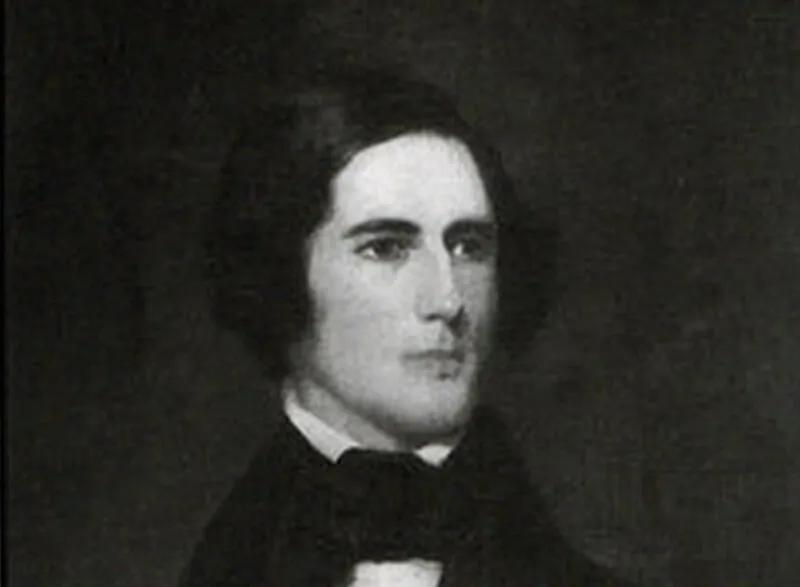
Governor Robert Francis Withers Allston was the 67th Governor of South Carolina. He attended West Point and later was elected to the South Carolina House of Representatives and later became the Governor. He remained in South Carolina when they seceded from the Union and was even a Confederate presidential elector.
His loyalty to the Confederacy should come as no surprise. Allston was one of the biggest slave-owners in the United States. He owned five plantations, spanning over 900 acres and enslaving over 600 black human beings. He even served on the Confederate Soldiers Board of Relief until he died in 1864.
A Jewish White Supremacist?

Judah P. Benjamin was a United States Senator from Louisiana, and after his state seceded from the Union he served in the Cabinet of the Confederate States of America. Interestingly, Benjamin was born in the British West Indies to parents who were Sephardic Jews.
Despite the fact that anti-semitism was definitely prevalent at the time, the family was still able to gain success and own slaves. Judah paid the dowry of his wife Natalie with the payment of two female slaves. He later became a spokesperson for the right of slavery. After the Civil War, he escaped to England where he worked as a barrister.
Earliest Slave-Owning Settlers in South Carolina
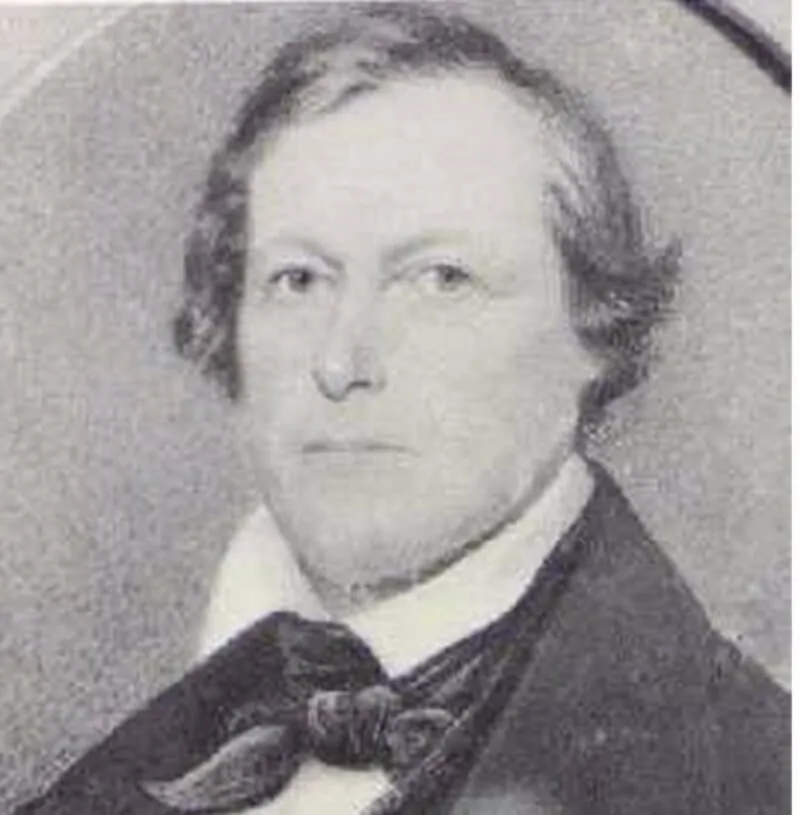
Joseph Blake was a member of the Blake family, some of the earliest settlers in South Carolina. The first settler, Joseph Blake immigrated from England and became the governor of colonial South Carolina in 1694. The family continued to own slaves for generations in the South Carolina area throughout the Civil War.
The family's business continued to grow and they ended up owning two plantations one was located in Prince William's Parish and another in St. Peter's Parish. They were said to have enslaved over 575 black human beings.
Breckenridge Fled The Country After Civil War
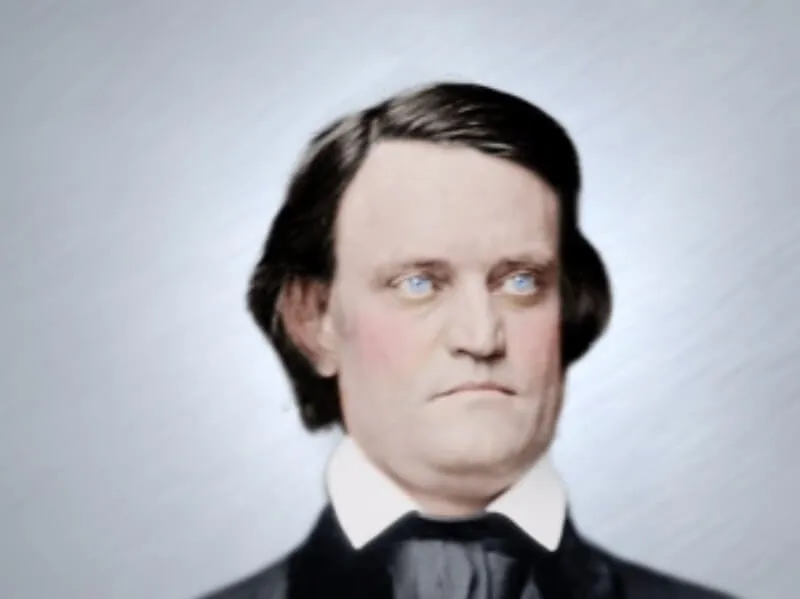
John Cabell Breckinridge was a Congressman from Kentucky. He later became the 14th Vice President of the United States with President James Buchanan. He is still the youngest man to ever the Vice President of the United States. Afterward, he served in the Senate and was serving when the Civil War broke out and left the United States in order to join the Confederate Army, where he was appointed as the Confederate Secretary of War.
As a state representative for Kentucky, he held the platform against interfering with slavery. Apparently, he urged the Confederate President Jefferson Davis to surrender as he could see there was no way they would win. He later left the country and lived abroad for three years before returning after President Andrew Johnson granted amnesty to former Confederates.
The Plantation That Became A Hollywood Sensation

John Burnside was a native of Ireland. After immigrating to the United States he purchased the Houmas Plantation. The Houmas Plantation was an already existing entity famous for once having its previous owner fight a duel on the property. However, under Burnside's tenure, he turned it into the largest working plantation in the state of Louisiana.
By the year of his death, Burnside owned ten separate plantations. John Burnside owned and enslaved over 750 black human beings on the Houmas Plantation. The Houmas still stands and has even been used as a shooting location for a number of films, despite the atrocities committed there. Some films include Hush… Hush, Sweet Charlotte, Mandigo, and most recently an episode of The Bachelor was filmed there in 2017.
Calhoun Argued That Slavery Was "Good"

John C. Calhoun was the seventh Vice President of the United States under President John Quincy Adams and later Andrew Jackson. He was a super-strong proponent of slavery. At the beginning of his career, where he particularly strategized in political theory, he was a nationalist and a champion of a strong national government. However, his views later pretty much flipped and he became a proponent of states' rights.
He particularly was known to defend white Southern interest from the North. A lot of his theory formed the basis for the South's secession from the United States. He also served as the Secretary of State under John Tyler. He continued to defend white Southern beliefs throughout his life, which included owning dozens of slaves in South Carolina. He also tried to argue that slavery was "a positive good" that actually benefitted the black people who were enslaved.
Henry Clay: The Great Compromiser
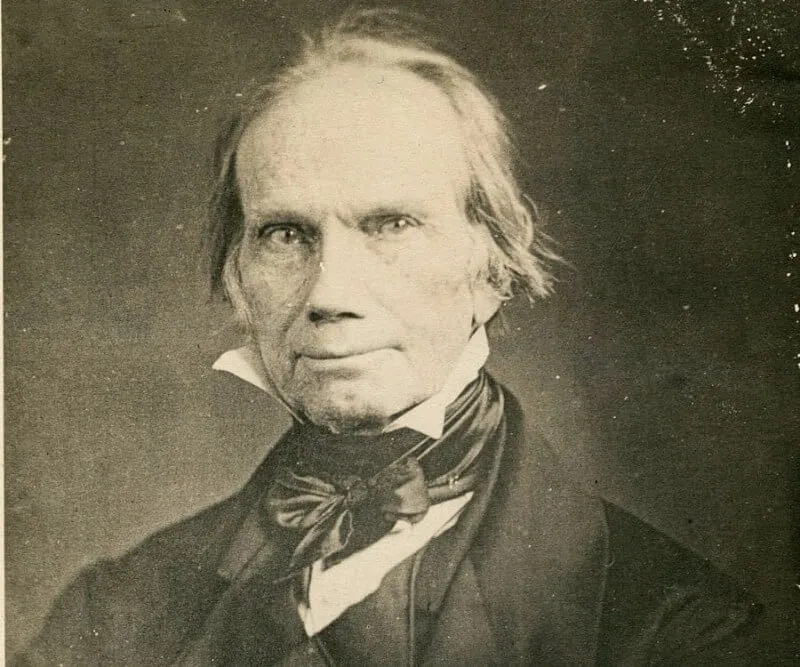
Henry Clay served as a Senator and Representative for the state of Kentucky. He served multiple terms as the Speaker of the House and even ran for President, albeit unsuccessfully. He was considered one of the most important national leaders, whose credentials included creating the Whig party.
He is also remembered as "The Great Compromiser", and one of the main issues he sought was to forge agreements on included the slavery issue. He was known to own slaves during his lifetime but he was also said to free them after his death as written in his will.
Cobb Opposed Robert E. Lee Letting Slaves In The Military

Howell Cobb is best known as one of the founders of the Confederacy. He was also both a member of the United States House of Representatives and was ultimately the Speaker of the House. He was also appointed to be the Secretary of the Treasury under President James Buchanan as well as the Governor of Georgia. He owned slaves and was a Colonel in the Confederate Army.
He opposed when Robert. E. Lee wanted to let slaves enlist in the military. In the closing days of the war, Cobb fruitlessly opposed General Robert E. Lee's eleventh hour, saying "You cannot make soldiers of slaves or slaves of soldiers. The day you make a soldier of them is the beginning of the end of the Revolution. And if slaves seem good soldiers, then our whole theory of slavery is wrong." Essentially, he was saying that allowing to slaves to be soldiers went against the theory accepted by the Confederacy that slaves were inferior human beings.
Crawford More Concerned With Duty
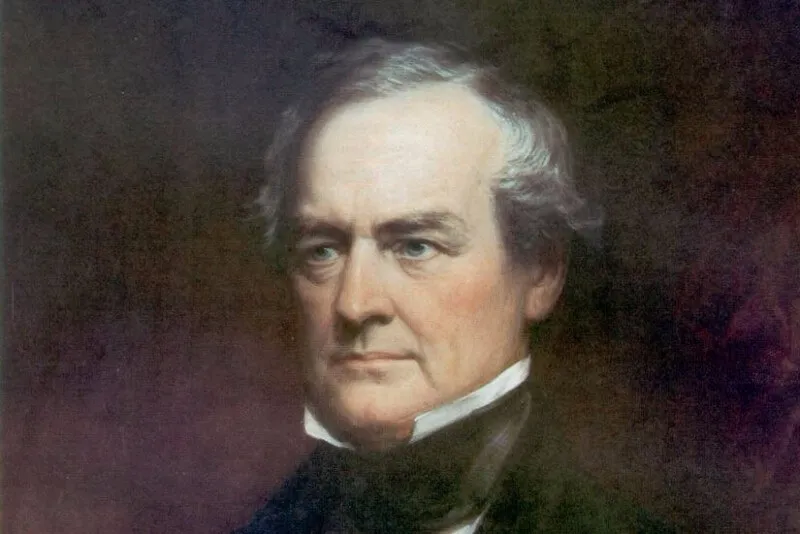
George Crawford was at one point the attorney general of Georgia and served in the House of Representatives. Like many of his colleagues and like-minded individuals of the time, he was a proponent of states' rights, which seemed to serve as an excuse to support slavery. He was also appointed as the United States Secretary of War. He preceded over the action in which Georgia seceded from the Union.
The Crawford family owned a plantation they called Belair, they were said to have owned upwards of one hundred slaves. As a man, though, and not a politician, Crawford was said to have been more motivated by duty than actual political beliefs.
Dr. Duncan's Dueling Views On Slavery

Dr. Stephen Duncan was originally from Pennsylvania where he earned a medical degree. He later became a banker and cotton planter and moved to Mississippi. He owned thousands of acres of land and he enslaved over 1000+ black human beings throughout the 1850s.
He used his slaves to cultivate both cotton and sugar crops and through them, he became the wealthiest cotton planter in the entire Southern United States. It is said, though, that in 1830 he and Louisiana Senator James Brown purchased land in Canada in order to help freed black slaves from Cincinnati find a new community which was called the Wilberforce Colony.
John Forsyth, Against Minority Peoples
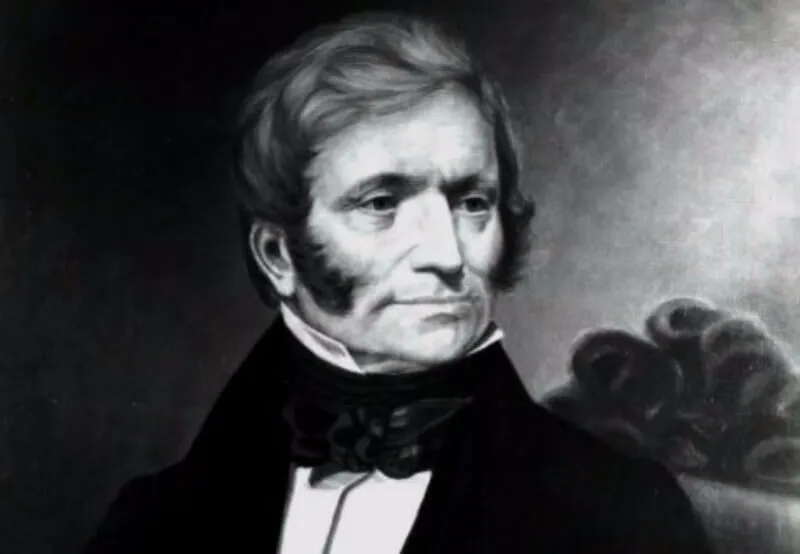
John Forsyth served in the House of Representatives and the Senate representing the state of Georgia. He was also the 33rd Governor of the state of Georgia. He was later appointed as Secretary of State by Andrew Jackson. He was a slaveowner and also committed other heinous acts against minority peoples.
For instance, he supported the Indian Removal act where many indigenous people were forcibly removed from their homelands. As Secretary of State, he also led the government response to the Amistad case, which arose after kidnapped slaves from the Sierra Leone overtook their slave ship and ended up in the middle of a Supreme Court Case which ended up aiding the abolitionist freedom movement.
Hammond: Slave-Owner and Molester
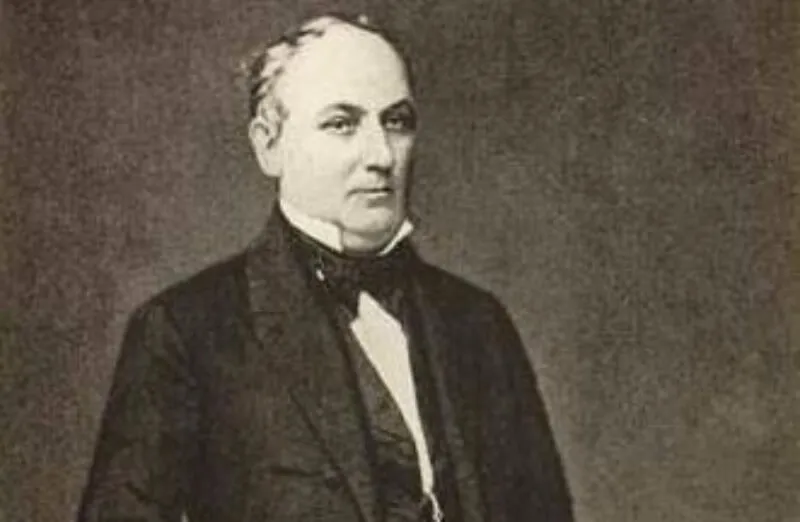
James H. Hammond served as a United States Representative representing the state of South Carolina. He was also later elected as the Governor of South Carolina as well as a Senator of the state. When he married his wife he gained a lot of property, owning over 22 square miles of land which included multiple plantations and houses. He also owned over 300+ enslaved black human beings.
Apparently, Hammond abused his four young nieces when they were teenagers. When their father found out about the abuse he aired out the scandal in public. It didn't do much damage to Hammond's career in the long run, however, and he was still later elected Senator.
Sam Houston's Moral Conundrum on Slavery

Sam Houston remains an extremely famous political name and is best known for being the President of the Republic of Texas after the state seceded from the United States. Sam is remembered fondly in the annals of history but he was still definitely a flawed man. He married into the Cherokee tribe and became an honorary member of the tribe. There are conflicting views about Sam Houston's views on slavery.
Some said that he opposed it entirely, while it seems he was in the possession of twelve slaves when he died. He was said to have made the argument that emancipation might cause a former slave to be jobless and end up worse off. According to his University biographer, "While in office as president of the Republic of Texas and later as governor, he refused to permit payments to bounty hunters of escaped slaves. He also prohibited slave ships from trafficking in Texas."
John Jay's Hypocritical Views
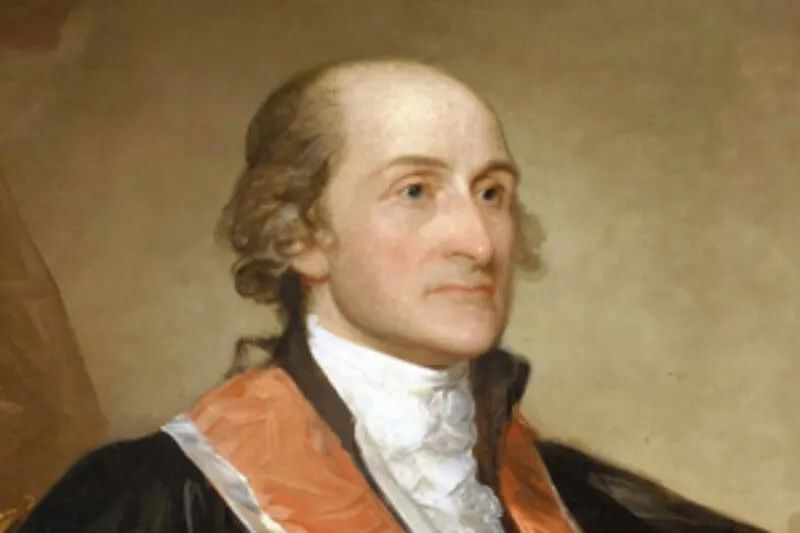
John Jay was the second Governor of New York, and the first ever Chief Justice of the United States. John Jay was from the North and hailed from New York City. He served in several other government capacities including Ambassador to Spain and the Secretary of Foreign Affairs and the first ever Secretary of State.
He is probably best known for working as the negotiator on the Treat of Paris where England finally recognized American independence. Although Jay owned slaves, he was also known to oppose slavery. He said, "I purchase slaves and manumit them at proper ages and when their faithful services shall have afforded a reasonable retribution." He supported a gradual process where the children of slaves would be born free.
Francis Scott Key's Star Spangled Slavery
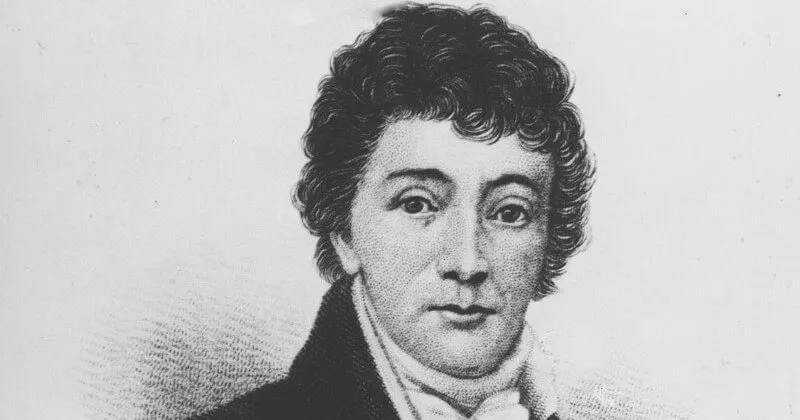
Francis Scott Key is best known for penning the poem that was to become the Star-Spangled Banner. He was also an attorney. The song has been the center of much debate recently particularly due to the NFL player's protesting the treatment of black people in the United States.
Perhaps the protest becomes even a bit more potent when it is known that Key was a slaveowner and owned six slaves in 1820. In later years, however, it was said that he also set free a number of slaves. Although he once wrote an editorial opposing the cruelty of certain slaveowners, he also used his status as a United States attorney in order to suppress the abolitionist movement.
Gov. John L. Manning: 6th Largest Slave Owner
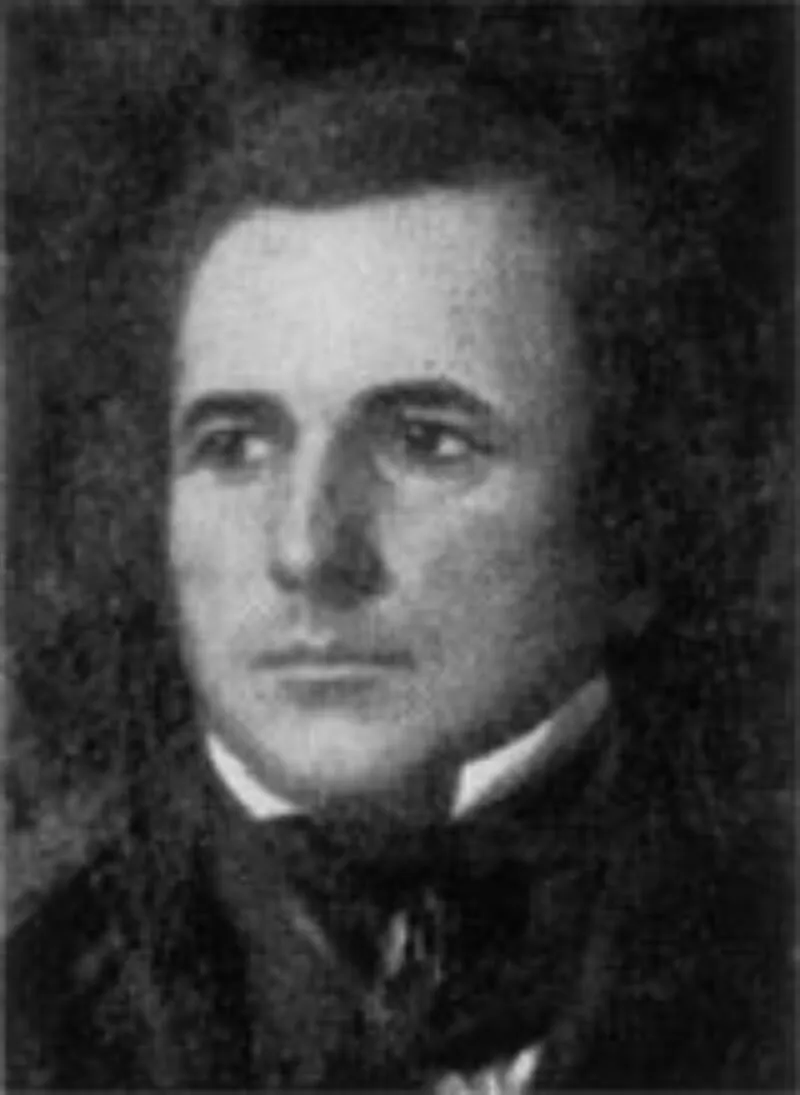
John Lawrence Manning was the 65th Governor of South Carolina. Manning was said to have come into a rather sizeable fortune throughout the marriage. He married the daughter of General Wade Hampton I. His wife later died in childbirth. Manning later remarried and had multiple children with his second wife.
They owned a plantation called Milford Plantation which still stands today as a historic landmark. In 1860, John reported that he owned 670+ enslaved black human beings. This astounding number of people made him the sixth largest slave owner in the United States.
Col. Ward: King Of The Rice Planters
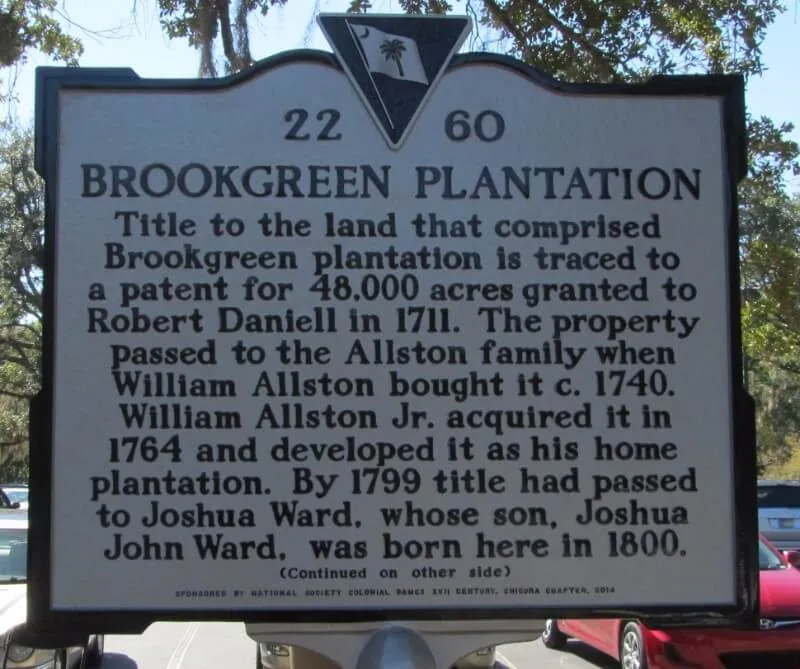
Colonel Joshua John Ward owned several plantations in South Carolina. Ward served in the military and also served as the 44th Lieutenant Governor of South Carolina. However, that didn't stop him from getting a "royal" title to his name. Ward was often referred to as "the king of the rice planters," this is because he was the largest recorded American slaveholder.
In 1860, he reported that he owned 1,131 black human beings. He had them work on multiple plantations one of which was called Brookgreen Plantation. Brookgreen still stands today and is now a park called Brookgreen Gardens.









